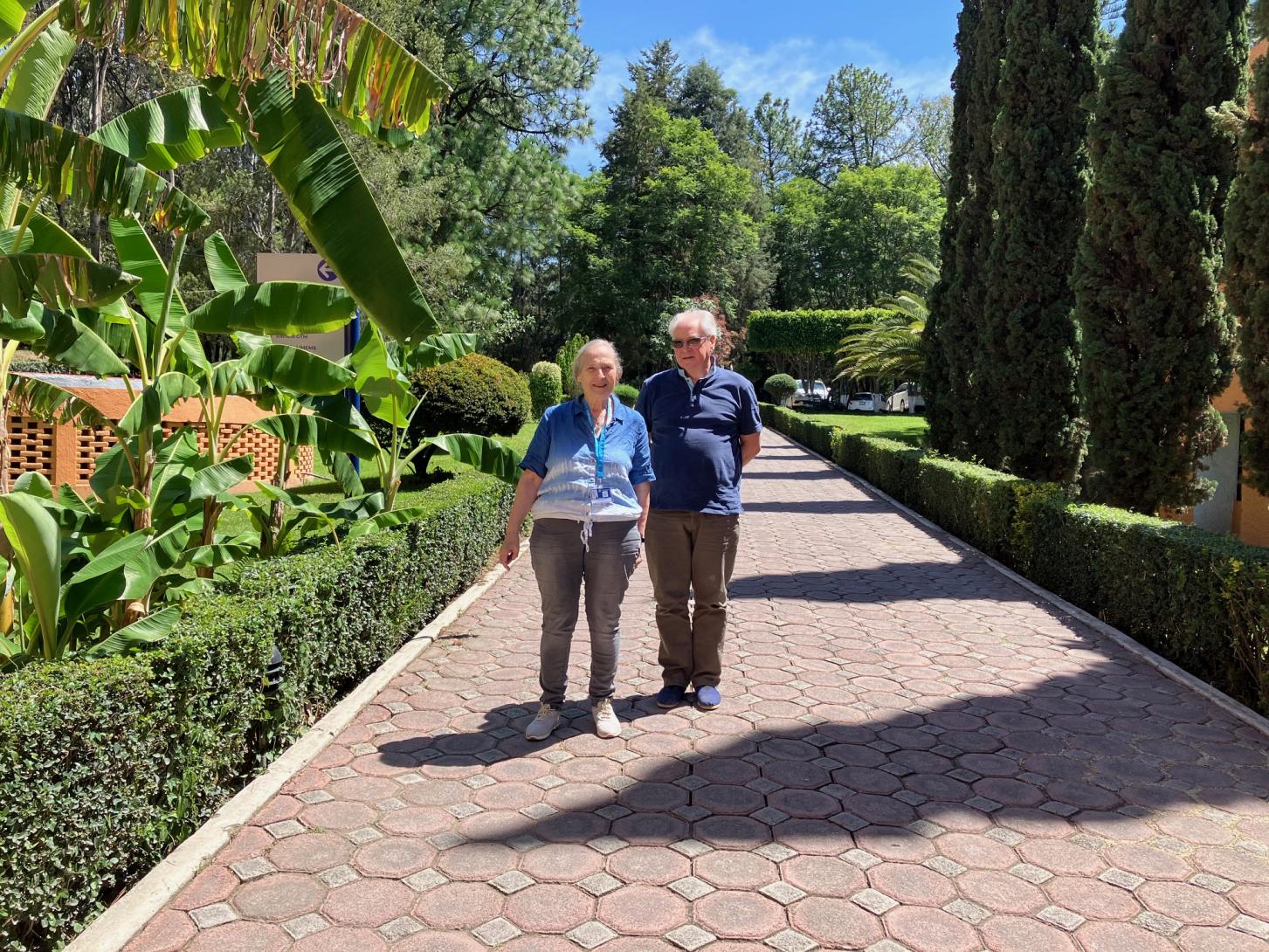Elena and Roberto Terlevich, Extraordinary Honorary Professors of the National University of La Plata
A few weeks ago, the National University of La Plata, Argentina (UNLP), appointed Dr. Elena Terlevich and Dr. Roberto Terlevich, researchers from the National Institute of Astrophysics, Optics and Electronics, as Honorary Extraordinary Professors of the Faculty of Astronomical Sciences and Geophysics.
The University considered that both astrophysicists have a very outstanding scientific career at an international level. Both INAOE researchers are also graduates of the UNLP.

In 2022, the UNLP awarded the Honoris Causa Doctorate to both researchers in recognition of their scientific and academic career.
Dr. Elena Terlevich studied a degree in Astronomy at UNLP, from which she graduated in 1970. In 1984 she obtained a PhD from the University of Cambridge, United Kingdom. Her lines of research are the chemistry and kinematics of regions of violent star formation and stellar populations in active galaxy nuclei. Over the past 15 years she has also worked on observational cosmology, primordial He abundance and Big Bang nucleosynthesis, determination of the Hubble constant, and evolution of the density and dark energy parameters of the Universe. She has developed various projects, has directed doctoral and master's theses, and has published articles in the most prestigious scientific journals worldwide. She is also the author and co-author of book chapters and editor of several Conference books.
For his part, Dr. Roberto Terlevich studied Astronomy at the UNLP and obtained a doctorate in Astrophysics from the University of Cambridge in 1982. He has developed various projects, has supervised doctoral and master's theses, and has published articles in the most prestigious journals. scientists worldwide. He is also the author and co-author of various books. His research lines are intrinsic properties of elliptical galaxies and galaxies with intense star formation, quantitative spectral classification of galaxies with emission lines via diagnostic diagrams, kinematics and dynamics of regions of violent star formation and stellar populations in active galaxy nuclei, observational cosmology, primordial abundance of Helium, determination of the Hubble parameter and the density and dark energy parameters of the universe.
Luis Enrique Erro # 1, Tonantzintla, Puebla, México, Código Postal 72840, Tel: (222) 266.31.00, difusion@inaoep.mx
This work is licensed under a Creative Commons Attribution-NonCommercial-NoDerivs 2.5 Mexico License.


